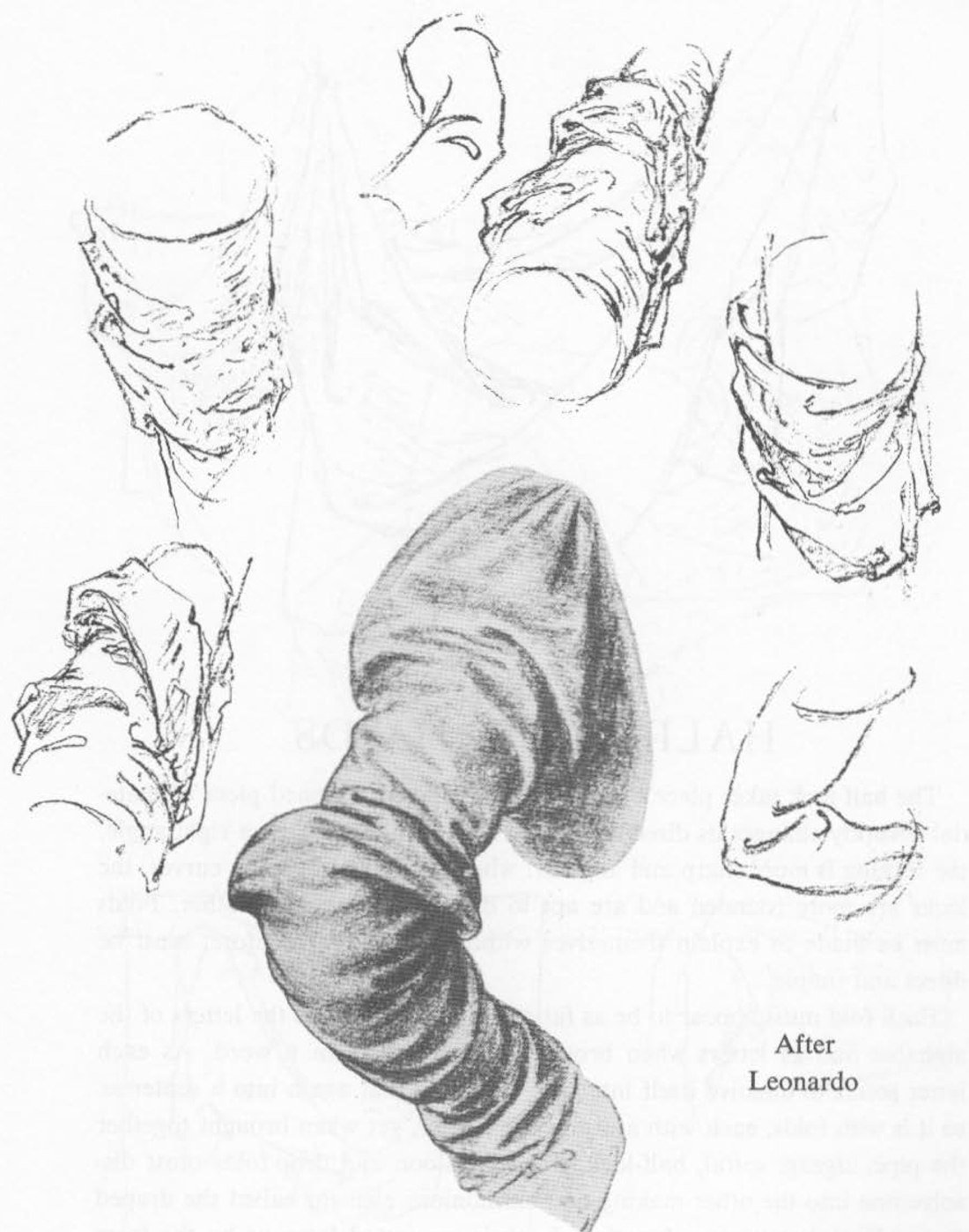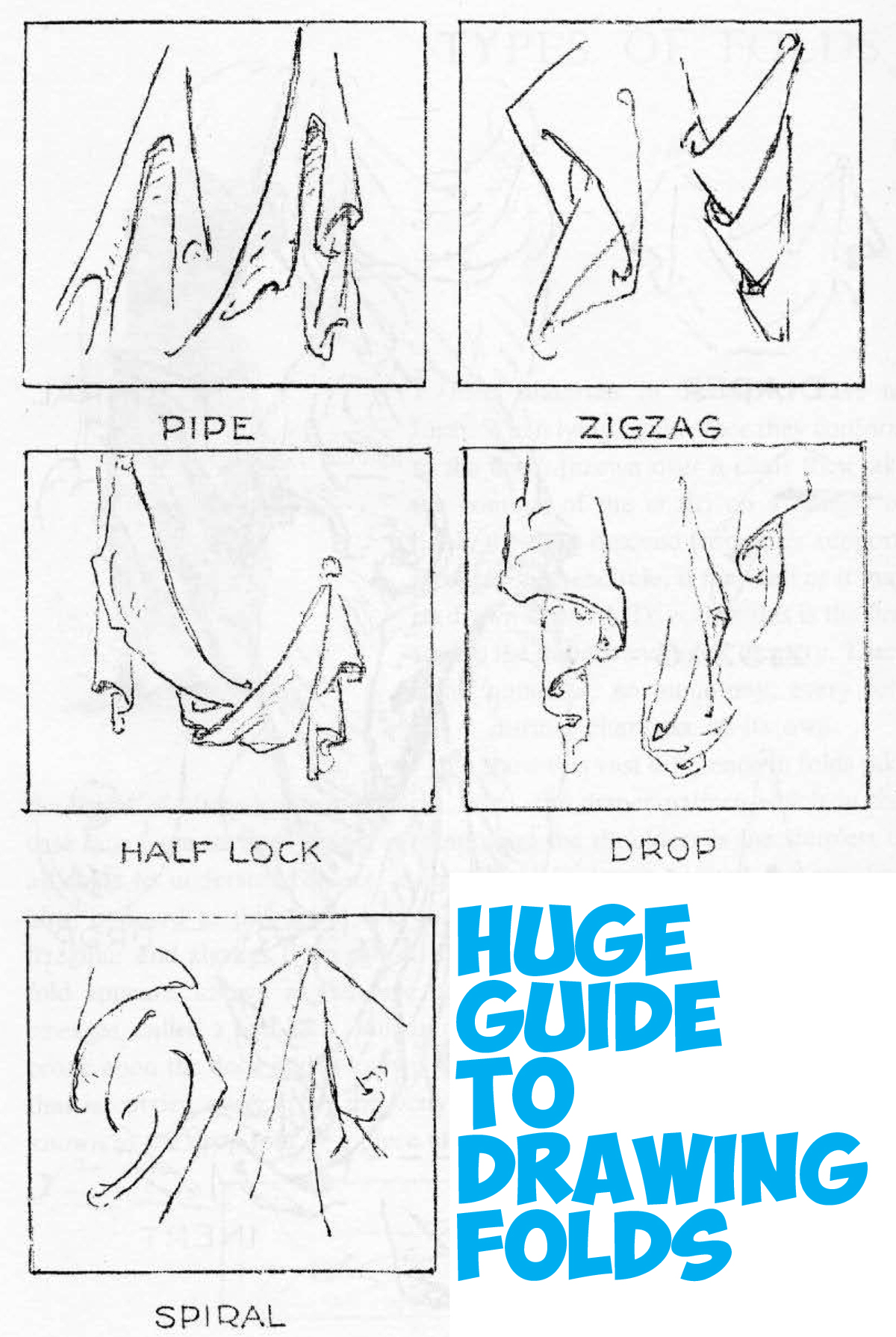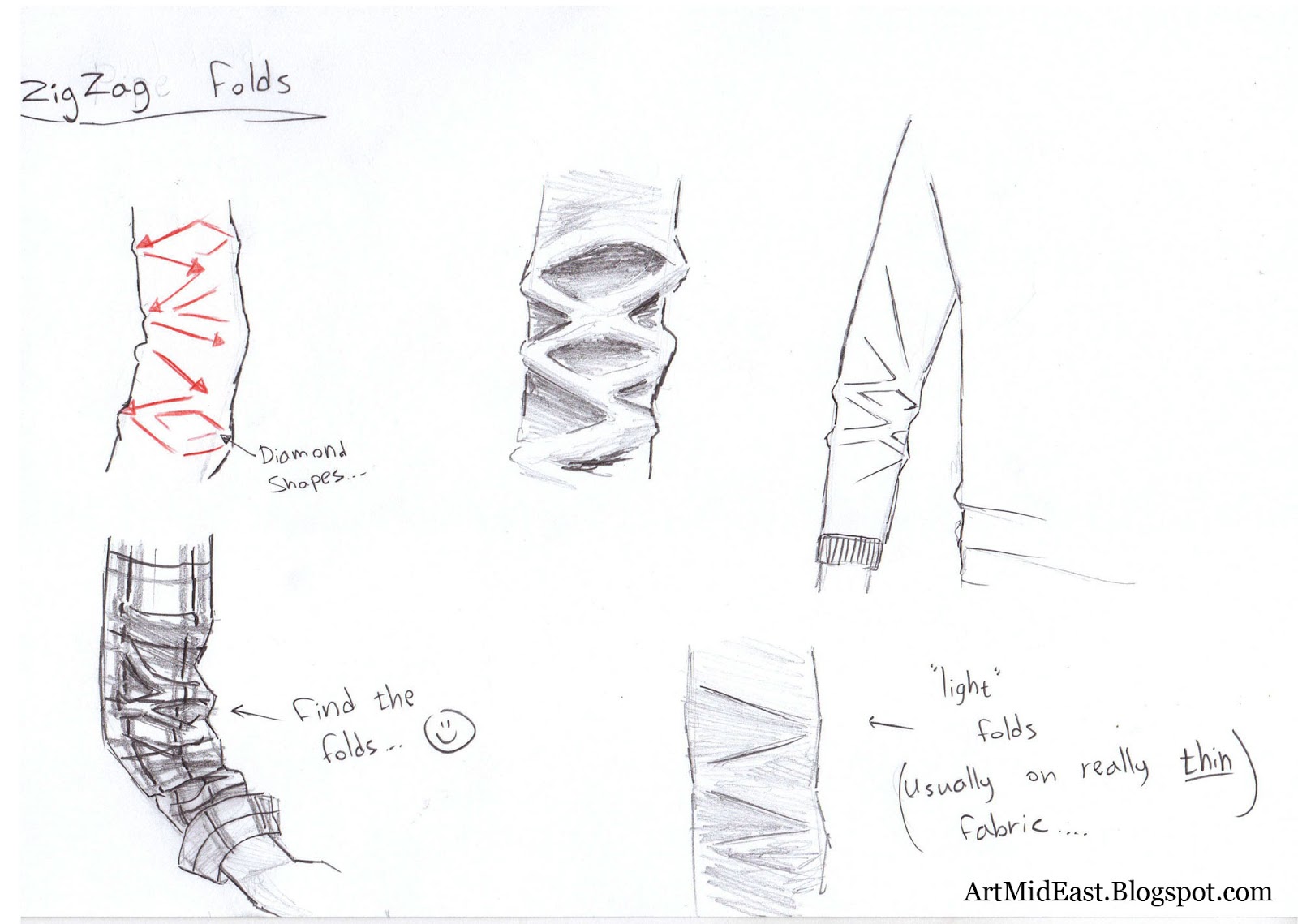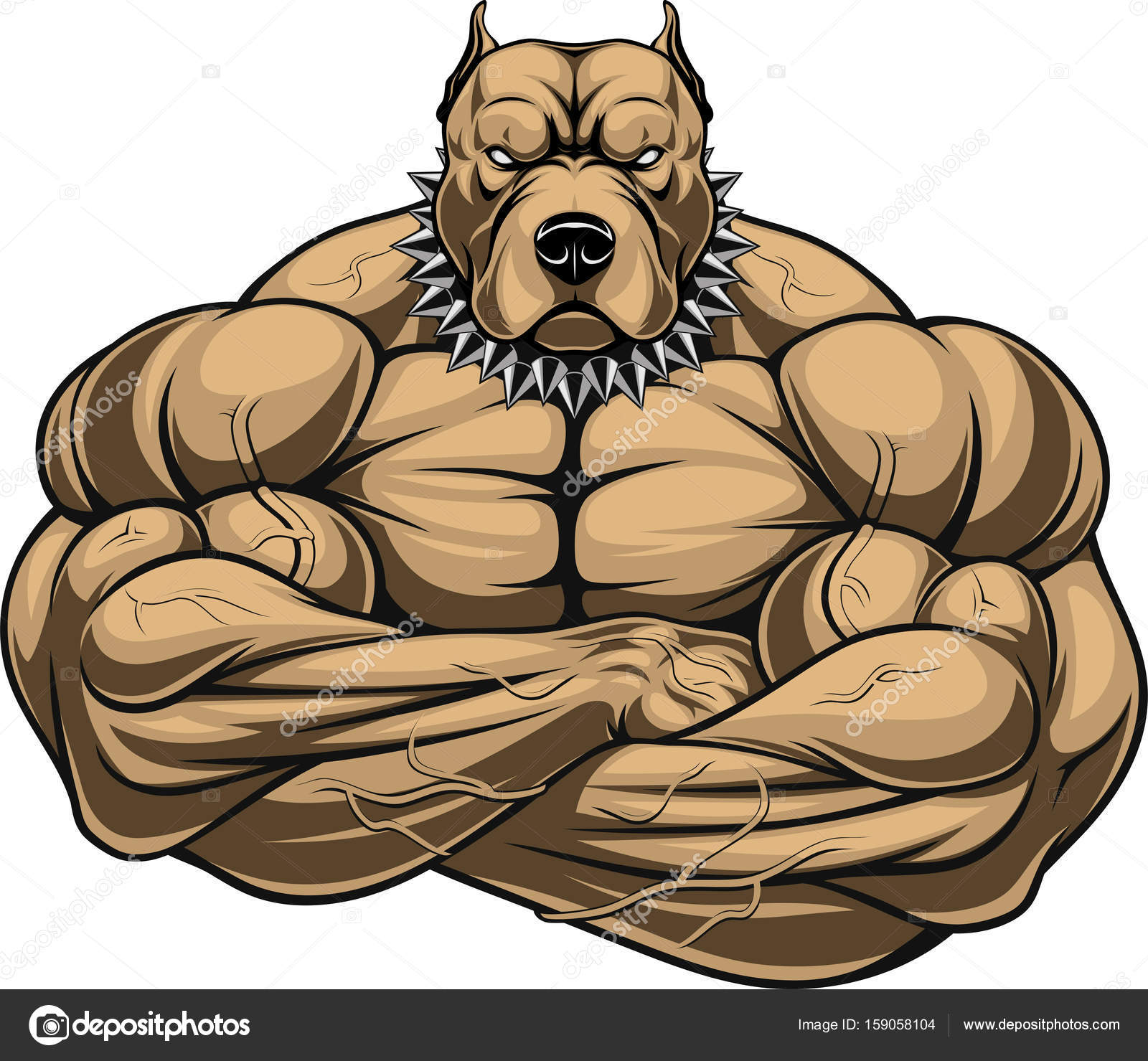Folds draw clothes drawing spiral clothing wrinkles folding cloth drapery fabric lessons reference dress sketch tips anime tutorials enlarge
Table of Contents
Table of Contents
Are you struggling with drawing folds in your clothing and drapery illustrations? Look no further! This guide will teach you the tips and tricks to create realistic and dynamic folds in your drawings.
Pain Points of Drawing Folds
One of the biggest struggles with drawing folds is making them look natural and believable. It can be difficult to get the right balance of shading and texture to create the illusion of fabric draping and folding in a realistic way. Additionally, different fabrics and types of clothing may require unique approaches for achieving this effect.
How to Draw Folds
The first step in creating great folds is to think about the underlying structure of the fabric. Consider where the fabric would bunch and fold, and where it would naturally drape and hang. Use light sketch lines to map out the folds before committing to adding shading and texture.
When it comes to adding shading and texture, one approach is to use hatch marks to create the appearance of individual threads in the fabric. Use darker tones for areas with more shadow and lighter tones for areas with more light. Don’t forget to add highlights to areas where the light hits the fabric.
It can also be useful to reference photographs of drapery or clothing to get a better sense of how the fabric should look. Pay attention to the way the fabric naturally falls and how it wrinkles and folds.
Main Points
In summary, when drawing folds, consider the fabric’s underlying structure, use hatch marks to add shading and texture, and reference photographs to get a better sense of how fabric naturally folds.
Targeting Different Fabrics
Different fabrics require different approaches when it comes to drawing folds. For example, leather will crease and wrinkle differently than cotton, and a silk blouse will drape differently than a heavy wool coat.
Personally, I find it helpful to focus on the weight and stiffness of the fabric when trying to create folds. For lighter, more flowy fabrics like silk or chiffon, I use longer, more fluid lines to create folds that mimic the way the fabric would naturally move. For heavier fabrics like denim or leather, I use shorter, more acute angles to create sharper folds that reflect the weight and stiffness of the material.
More Tips for Drawing Folds
When drawing complex folds or drapery, work from the general shape to the specifics. Start by sketching out the overall shape and structure before filling in the details. Use directional shading to create the illusion of depth and movement. Finally, don’t be afraid to experiment with different techniques until you find a method that works for you.
Different Techniques to Try
Some techniques that you may find useful include using crosshatching to create texture and shadow, using dots to create the appearance of fabric texture, and experimenting with different pencil grades to achieve the right balance of light and shadow.
Personal Experience with Drawing Folds
When I first started drawing folds, I struggled with making them look believable. However, with practice and patience, I discovered that paying attention to the fabric’s underlying structure and using directional shading helped me create folds that looked natural and dynamic.
Another tip that I found helpful was to reference other artists’ work to get a better sense of how they approached drawing folds. This helped me get a better understanding of the techniques and methods that worked best for creating realistic-looking fabric.
How to Draw Folds in Clothing
When drawing folds in clothing, start by considering the garment’s shape and the way that the fabric would naturally lay against the body. Then, use directional shading to create the illusion of movement and depth. Remember to pay attention to details like wrinkles and creases that naturally occur in clothing, as these help to make the folds look more realistic.
Different Clothing Types to Draw Folds
Some types of clothing that may require unique approaches when it comes to drawing folds include skirts, pants, and jackets. In general, skirts will require longer, more fluid folds than pants, which will need sharper, more acute folds. Jackets will often have folds around the shoulders and elbows, so pay attention to these areas when adding texture and shading.
Question and Answer Section
Q: What is the best type of pencil to use when drawing folds?
A: This will depend on your personal preference and the effect that you are trying to achieve. However, many artists find that using a softer pencil grade (such as a 2B or 4B) helps to achieve a smooth, gradient effect in areas with more shadow.
Q: How can I make my folds look more dynamic and realistic?
A: To make your folds look more dynamic, pay attention to the way that the fabric naturally moves and drapes. Use directional shading to create the illusion of depth and movement in the fabric. You may also want to experiment with different types of shading and texture techniques to find a method that works for you.
Q: What should I do if I am having trouble getting the folds to look how I want them to?
A: If you are struggling to get the folds to look the way you want them to, don’t be afraid to take a break and come back to your drawing later. Sometimes, it can be helpful to get a fresh perspective on your work after some time away. You may also want to consider studying photographs or other artists’ work to get inspiration and ideas.
Q: How important is it to learn how to draw folds?
A: Learning how to draw folds is an important skill for any artist who wants to create realistic, dynamic illustrations of clothing, drapery, or other fabric-based objects. While it may take some practice and trial-and-error, the results can be incredibly rewarding.
Conclusion of How to Draw Folds
With some practice and patience, anyone can learn how to draw believable and dynamic folds in their illustrations. By paying attention to the fabric’s underlying structure, experimenting with shading and texture techniques, and referencing photographs or other artists’ work, you can create folds that are as unique and complex as the garments and drapery you are trying to depict.
Gallery
Huge Guide To Drawing Folds In Clothing And Drapery With With Shadows

Photo Credit by: bing.com / folds drawing drapery draw clothing spiral fold fabric anatomical drawings pencil types drawinghowtodraw sketches light guide step shadows shadow leonardo
Huge Guide To Drawing Folds In Clothing And Drapery With With Shadows

Photo Credit by: bing.com / folds drapery shadows
How To Draw Clothes And Folds! | Drawing Lessons

Photo Credit by: bing.com / folds draw clothes drawing fold zigzag
How To Draw Folds By Wysoka On DeviantArt

Photo Credit by: bing.com / folds drawing draw wysoka deviantart tutorial reference clothes clothing digital cloth tutorials tips painting coloring tumblr references photoshop paint sketches
How To Draw Clothes And Folds! | Drawing Lessons

Photo Credit by: bing.com / folds draw clothes drawing spiral clothing wrinkles folding cloth drapery fabric lessons reference dress sketch tips anime tutorials enlarge





